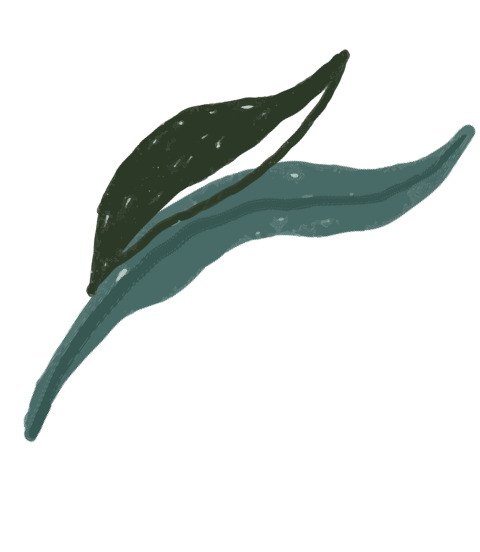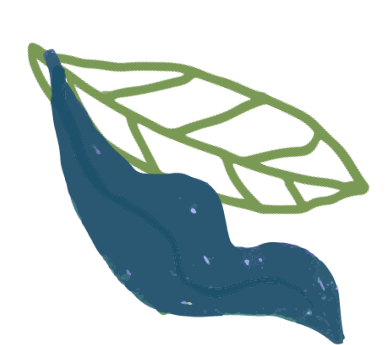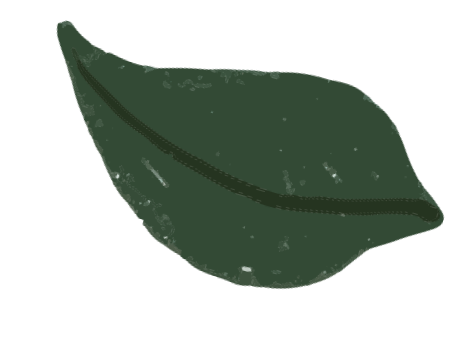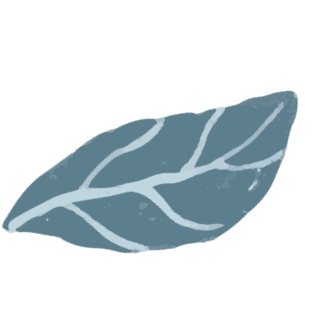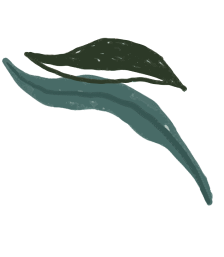Socotra: Nature’s Marvel and Ancient Crossroads
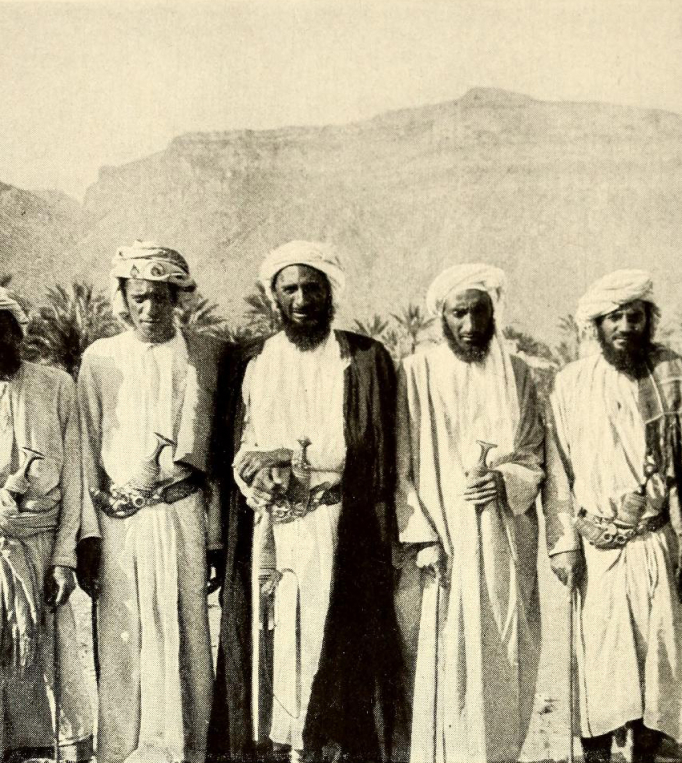
Socotra Island, often referred to as the “Galápagos of the Indian Ocean,” is one of the most biologically unique places in the world. It is part of an archipelago located in the Arabian Sea, off the coast of Yemen, and is famed for its incredible biodiversity, much of which is found nowhere else on Earth. Socotra is part of Yemen, situated about 380 km south of the Arabian Peninsula and 240 km east of the Horn of Africa. Socotra is the largest of sex islands Historical Background Of Socotra Island:Socotra Island has a rich and fascinating history that reflects its strategic location at the crossroads of ancient trade routes between Africa, Arabia, and India. Its isolation, unique biodiversity, and cultural heritage have made it an important place for traders, explorers, and empires throughout history Ancient1- Times and Early Civilizations:Early Inhabitants: The first known inhabitants of Socotra were of South Arabian origin, possibly arriving aound 1,000 BCE. The island has also been influenced by African and Indian cultures due to trade routes. Evidence of stone tools suggests that humans have been living on the island for thousands of years.2-Greek and Roman Influence: The island was known to the ancient Greeks and Romans. Greek sailors mentioned Socotra in the Periplus of the Erythraean Sea (1st century CE), a maritime guide that describes trade routes in the Indian Ocean. According to some accounts, the island may have been settled by Greeks following the campaigns of Alexander the Great. The name “Socotra” may have originated from the Sanskrit “Dvīpa Sukhadāra,” meaning “Island of Bliss. Socotra was famous in the ancient world for its production of frankincense, myrrh, and aloe, all of which were highly prized by ancient civilizations for medicinal, religious, and cosmetic uses.3- Christianity and Islamic Reliasions Christianity had spread to Socotra by the fourth century CE, most likely as a result of missionary efforts from the Aksumite Empire (modern-day Ethiopia) and the Byzantine Empire. In the Indian Ocean, the island was converted to Christianity. The St. Thomas Legend According to certain legends, Socotra was a disciple of Jesus named Thomas. These traditions claim that while traveling through the island on his way to India, he preached Christianity to a large number of its people. On the island, archeological evidence of Christian populations has been discovered, including old church ruins and inscriptions. During the early years of the Islamic Caliphate’s growth in the tenth century, Socotra progressively converted to Islam. The earlier Christian customs were gradually supplanted by Islamic culture over time. Socotra played a significant role as a stopping point for traders going between the Arabian Peninsula, India, and Africa during the Middle Ages. Due to its advantageous location, it was able to connect markets in the Mediterranean, East Africa, and South Asia by playing a significant part in the Indian Ocean trade network.4- Occupation by Various PowersPortuguese and Colonial British Influence: 16th-century Portuguese Invasion Admiral Afonso de Albuquerque commanded the Portuguese invasion and brief occupation of Socotra in 1507. Their view was that the island was strategically placed to dominate the Indian Ocean’s shipping lanes and stifle Arab traders. The Portuguese established a castle on the island, but the locals’ resistance and supply problems made their rule over the island fleeting. Portuguese Influence Is Declining Portuguese settlers left the island around 1511. After that, local authorities once again held authority over it, but European explorers and navigators continued to be interested in exploring it. Mahra Sultanat Despite remaining mostly independent and autonomous, Socotra was formally ruled by the Mahra Sultanate from the 16th to the 19th centuries. Socotra was formally controlled by Mahra Sultanate from the 16th to the 19th century, but it remained mostly isolated and self-sufficient throughout. British Interest in the nineteenth century. Socotra became strategically important to the British in the nineteenth century, as they attempted to dominate vital sites in the Indian Ocean in order to secure marine access to India. In 1834, the British attempted to buy Socotra from the Mahra Sultan, but the negotiations failed. However, the island remained under British control as part of their overall supremacy in the region. Socotra fell under British protection in the late nineteenth century as part of the Aden Protectorate, but it was never properly colonized.In 1967, following the end of British rule in South Yemen, Socotra became a part of the newly established People’s Democratic Republic of Yemen (South Yemen). Socotra rejoined the Republic of Yemen in 1990 at the unification of North and South Yemen. In December 2013, the Island officially became the Socotra Government, Socotra has two big cities, Hadiboh is a capital located in north and Qalansiyah in the northwest. There are also a hundreds of smaller villages spread out all over the Island Socotra is home to about 1,00,000 people.5- Historical and Cultural Importance Socotra’s isolation has helped preserve its ancient language, Soqotri, which is part of the South Arabian group of Semitic languages. The island’s oral traditions and customs have also been maintained, providing a unique insight into ancient Arabian and Indian Ocean cultures. In 2008, UNESCO designated the Socotra Archipelago as a World Heritage Site due to its exceptional biodiversity and cultural significant.


